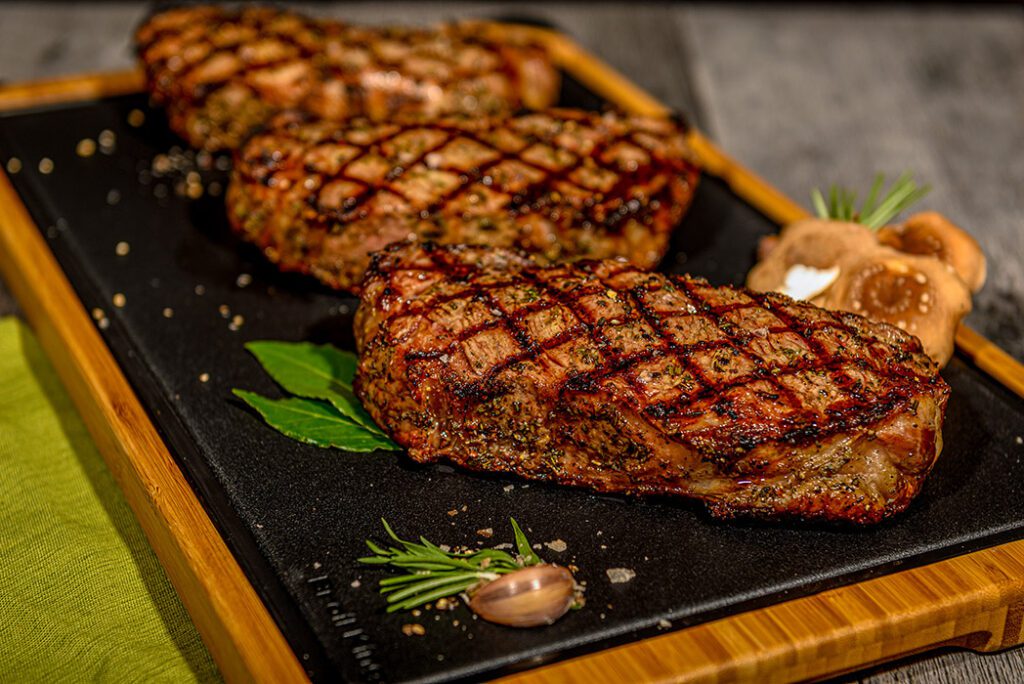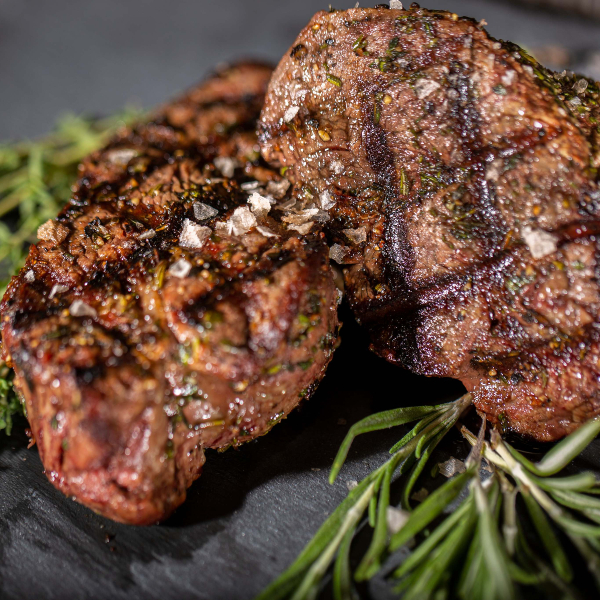Technique | The Perfect Steak
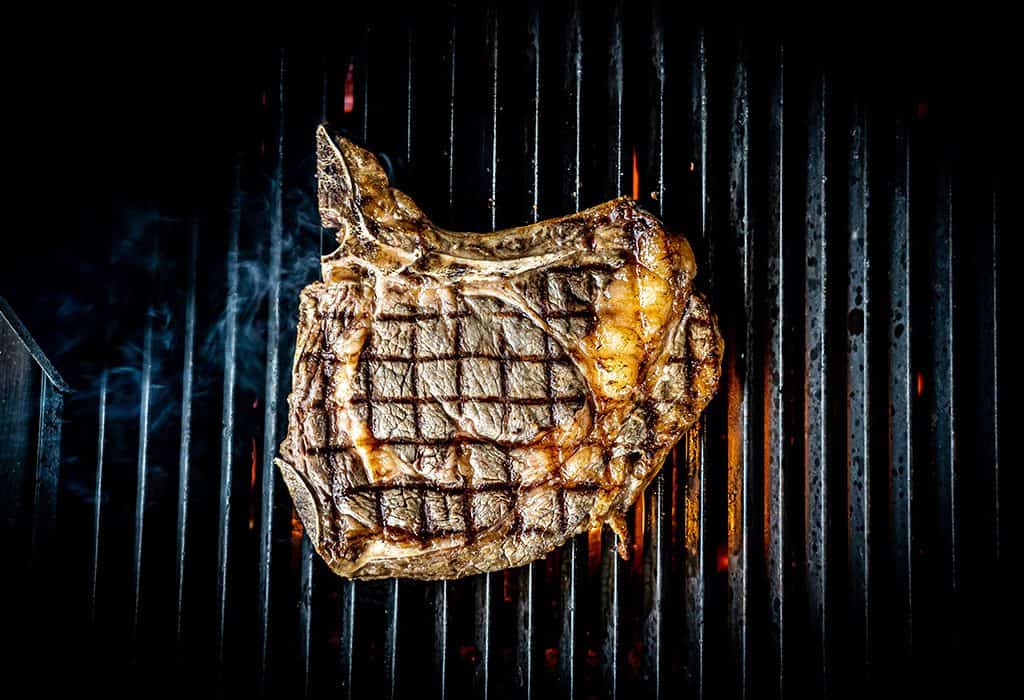
There is much debate over what constitutes the “perfect steak” and which techniques and tools to trust. Some prefer to sear on a stove-top, but we at Broil King are partial to the grill. We design all of our barbecues with one primary goal – to sear the perfect steak. That means they need to get hot for a quick and intense sear. But even among our different grills, there are several ways to get the “perfect steak.”
There are many decisions you must make regarding the cut, method, and doneness. This blog will address your options when choosing a steak, the different ways you can cook a steak on your Broil King gas, charcoal and pellet grill, and the outcomes you should aim for when it comes to doneness. And for even more great tips, check out our interview with Brett Gallaway from The Steak Cookoff Association.
.
Cuts of Meat
First, let’s explore the different cuts of beef. There are eight sections altogether, but not all of them are recommended for high heat grilling. The chuck, rib, loin and round make up the cuts along the top portion of the cow, while the brisket, shank, short plate and flank run along the bottom.
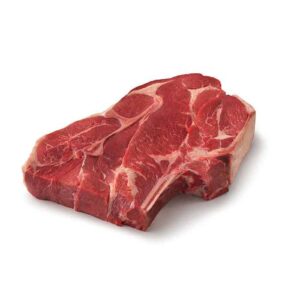
Chuck
With the exception of ground chuck for burgers, most cuts from this portion are not suited for traditional grilling as they are tough. This cut is better suited for indirect grilling or smoking for long periods.
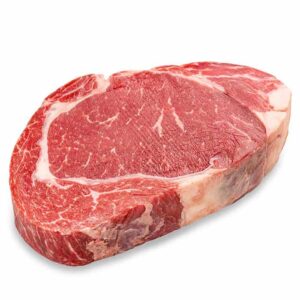
Rib
This section is where we get ribeye steaks. Ribeyes are one of the most popular cuts in steakhouses as the fat marbling makes it juicy and tender. Ribeyes are terrific on a grill because the fat drips down, vaporizes, and infuses back into the food for that distinctive ‘grilled’ flavour.
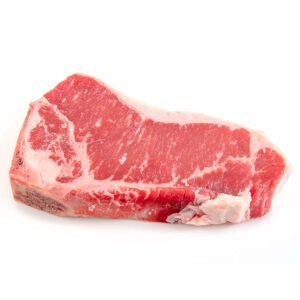
Loin
This is where we find the most tender cuts of beef. The loin muscles run along the top of the cow’s spine and aren’t used much, so they stay tender. The T-bone, sirloin, tenderloin (filet mignon), and New York strip all come from this area.
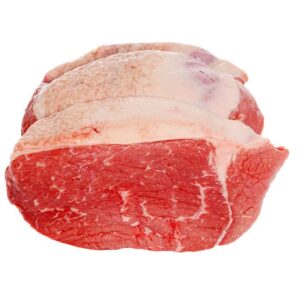
Round
Like the chuck, most of the cuts from this area are tough and more suited to low and slow smoking or indirect roasting.
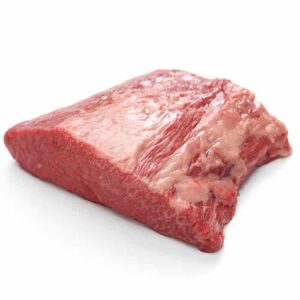
Brisket
The brisket produces large, tough, and fatty cuts of beef. These cuts are perfect for smoking, but avoid these cuts if you’re going for high heat searing.

Shank
Again, not much in the way of grilling from this area. Beef shank is traditionally braised with the bone and is sometimes used in ground beef mixtures.
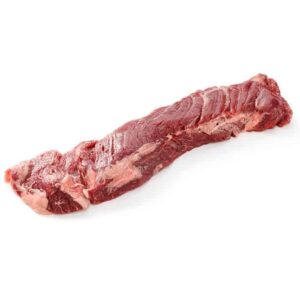
Short Plate
This area is where we find the hanger steak and skirt steak. The hanger steak has quickly risen in popularity in steakhouses as it’s a more affordable cut of meat. It has delicious marbling similar to a ribeye and the tenderness of a filet. Skirt steaks are best when marinated, quickly grilled, and sliced for dishes such as fajitas.
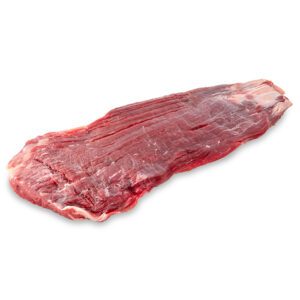
Flank
The flank steak and London broil come from this area and are more suited to marinating and cooking longer than fast steakhouse searing.
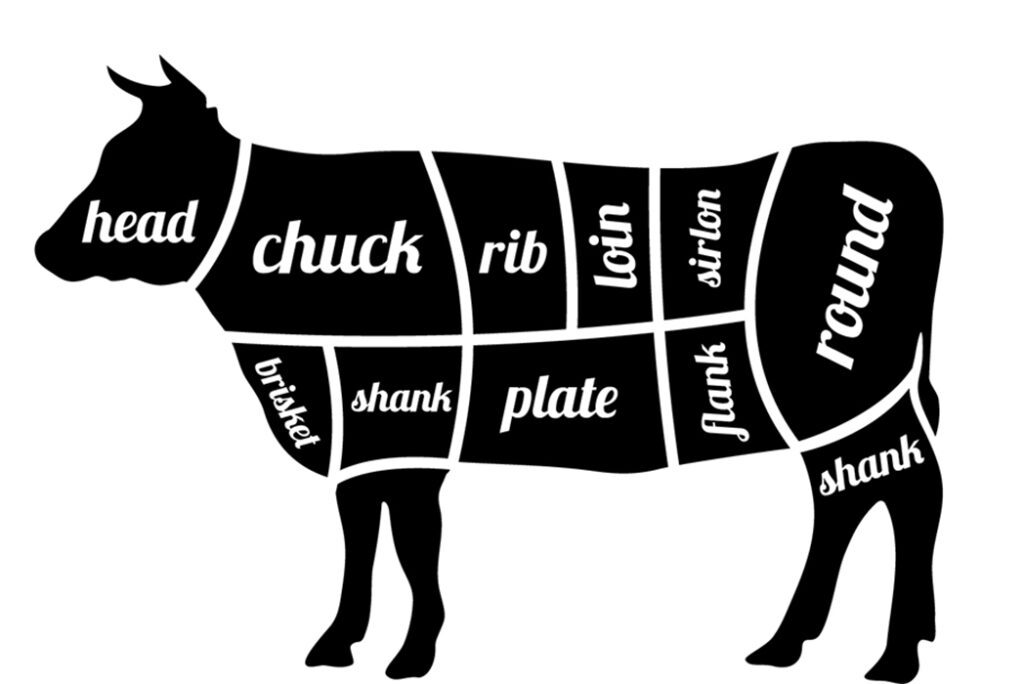
Overall, if you’re looking for a restaurant-quality piece of meat to grill, choose from any one of these cuts:
- Tenderloin
- Ribeye
- T-bone
- New York strip
- Sirloin
- Hanger
- Picanha
- Fillet
Grilling Methods
The optimal cooking method is hot and fast, whether you’re using gas, pellet, or charcoal fuel. This applies to all of the cuts of meat that we covered above. Using a direct grilling method, you’ll want to grill anywhere between 500 and 600˚F (260 – 315˚C). You want to take your meat out of the fridge and let it rest on the counter for at least 30 minutes before grilling. This helps ensure a more even cook. Prep the steaks with some cooking oil, as this will help your seasoning adhere and prevent your steaks from sticking to your grids. For a good cut of meat, it’s best to keep it simple with your seasoning to let the delicious grilled flavours come through. Liberally apply some salt or some The Perfect Steak Spice to both sides of the steak. Alternatively, you can marinate your steaks overnight in the fridge, using The Perfect Steak Marinade.
The biggest factor that determines your cooking method is the density of the steak. Typical cuts will range between 1-2 inches and will cook quickly following our perfect steak method. We call it the 10 and 2 technique. You start with your steaks in the 10 o’clock position on your grill, wait 2 minutes, then flip them to the 2 o’clock position. After another 2 minutes, you repeat the pattern, flipping the steaks back to the 10 o’clock position, waiting another 2 minutes, then doing a final flip and waiting for the last 2 minutes. This method will give you the perfect medium-rare steak with diamond crosshatch grill marks.
Where things change is when you are grilling a larger cut of beef. Take, for example, a tomahawk steak, which is far denser than your typical ribeye or striploin. A thick cut will need more time on the grill to reach the target internal temperature without charring the exterior. For large cuts, you will utilize both direct and indirect grilling to get the perfect steak. This process is also known as a reverse-sear. You start by slow roasting the steak on the grill until you approach the target temperature, then switch to high-heat direct grilling to quickly sear the exterior. If your grill has an infrared side burner, it’s an excellent way to add a quick char to your steak at the end.
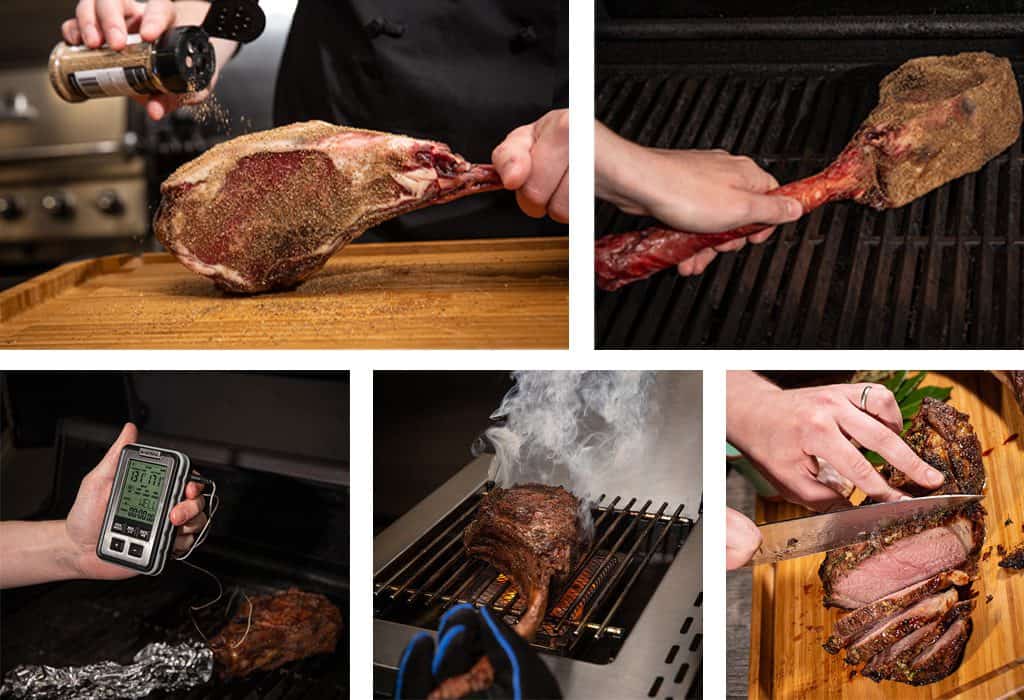
If using a pellet or charcoal grill, the same methods apply. You’ll start low and slow, using the smoke preset on your pellet grill, then switch to the steak preset at the end for the final sear. You’ll use indirect cooking on a charcoal grill by either keeping the lit coals on the opposite side of your smoker from your meat or utilizing the diffuser kit in your keg grill. When ready to sear, you’ll remove the diffuser or move the steak to cook directly above the coals.
Target Doneness
The final consideration for cooking the perfect steak is, of course, the desired doneness. It’s a hotly debated, personal preference that will determine if you cook your steaks for less time or more. The best way to determine if your steak is done is to use a digital thermometer to measure the following temperatures:
Steak Doneness | Final Cooked Temperature (Fahrenheit) | Final Cooked Temperature (Celsius) |
Medium Rare | 130 to 134°F | 54 to 56°C |
Medium | 135 to 144°F | 57 to 62°C |
Medium Well | 145 to 154°F | 63 to 67°C |
Well Done | 155 to 164°F | 68 to 73°C |
These are the competition guidances for doneness according to the ThermoWorks.
